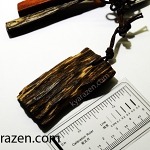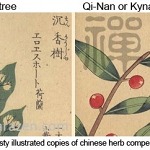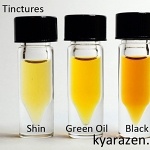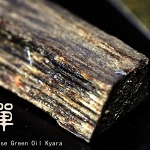Kyara, being an extremely refined and rare fragrant wood material, should be protected from extremes and fluctuations in both humidity and temperature, dampness, light, and all other contaminating smells, including incense, perfumes, sandalwoods etc. It must be kept in an extremely clean and pure environment to preserve all its qualities and prevent damage or loss in value.
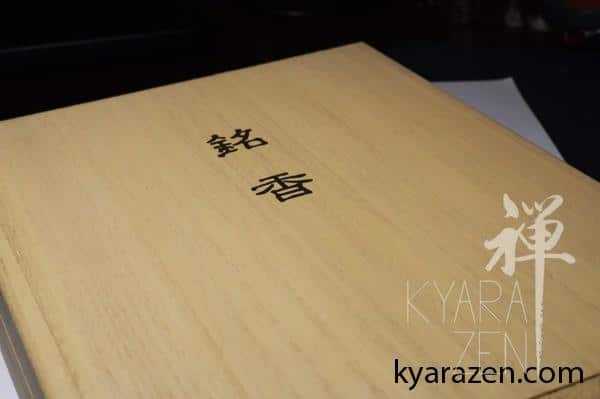
Traditonally, the Japanese would wrap large pieces of kyara either in silk or in a special turmeric dyed cloth, and store the wood in kiribakos (paulownia boxes). High quality paulownia boxes are odour free, and are able to protect its contents from temperature dynamics, dampness etc, by swelling shut if the humidity is high, and stiff/hard to open when temperatures are low. In big incense companies, there are special rooms where aloeswoods and kyaras are kept, and these rooms are kept very clean and free of all other contaminating odours, thus most of the woods can be displayed freely.

Whenever one buys a piece of kyara/kynam, it often comes in a little zip-loc bag, in an intricately folded origami envelop. Most people would assume that zip-locs are air-tight and impermeable to everything. They are mistakened!

Just like my favourite fruit, the formidable durian of asia. You can pack it into a zip-loc bag, seal it, into another zip loc bag, seal it, wrap the whole pack in cling film etc, and at the end of it, to realize that it still can be smelt! This is because volatile molecules contributing to a durian’s fragrance can penetrate plastics (which are organic materials too!)
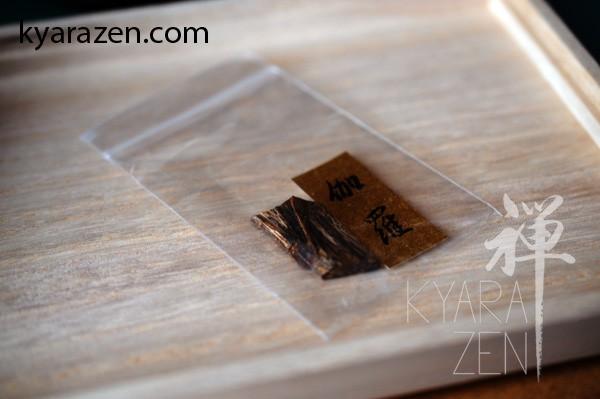
If kyara is kept in a zip-loc bag, and kept with incense, over time the kyara would be ruined as it will pick up the volatile smells from the incenses that can pass through plastic. Buying kyara, aloeswoods, or Rikkoku sets in countries outside of Japan runs the risk of contamination as resellers may not not know the sensitivity of the materials they are dealing with. If it is possible, buy fragrant wood only in person, smell it, sample it before making a purchase to reduce risk.
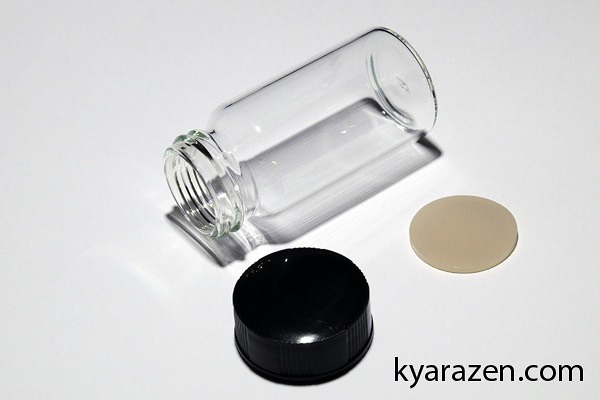
Personally, I store kyara in a modern way, using laboratory supplies. My utmost favourite “containers” for kyara, are glass bottles with Teflon-lined caps. These bottles can be obtained from any proper chemical lab supply company, in varying sizes from tiny (0.3ml?) to gigantic 500ml or 1 litre sizes.
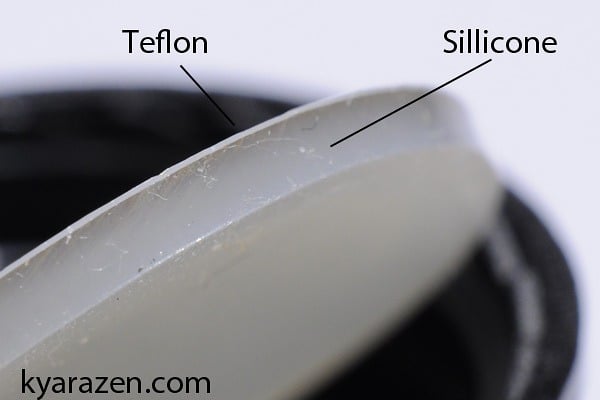
The insert in the cap is made of silicon rubber fused to a sheet of Teflon, so when the cap is screwed tightly onto the glass bottle, the silicon rubber will be compressed and thus pressing the Teflon hard onto to the mouth of the glass bottle/tube, creating a very good seal. Being inert, chemically resistant, this Teflon lining protects its contents from contaminants from outside, and also prevents the escape of aromatic molecules released by the kyara.
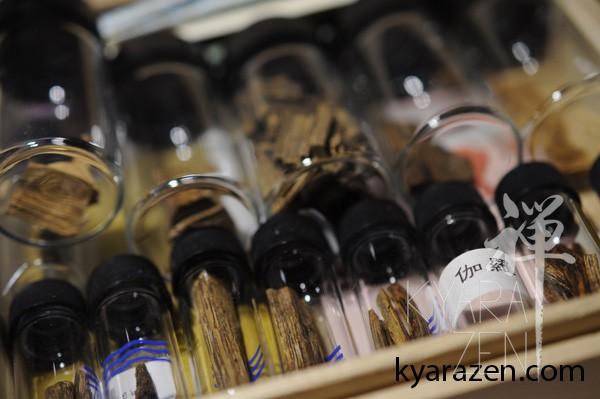
After sealing the kyaras in these bottles, the bottles are stored in a pawlownia box specially for kyara only, protected them from light, and keeping the box in a relatively cool and dry place. If you have some precious woods, this is a storage option that you can consider, and I would strongly recommend.

